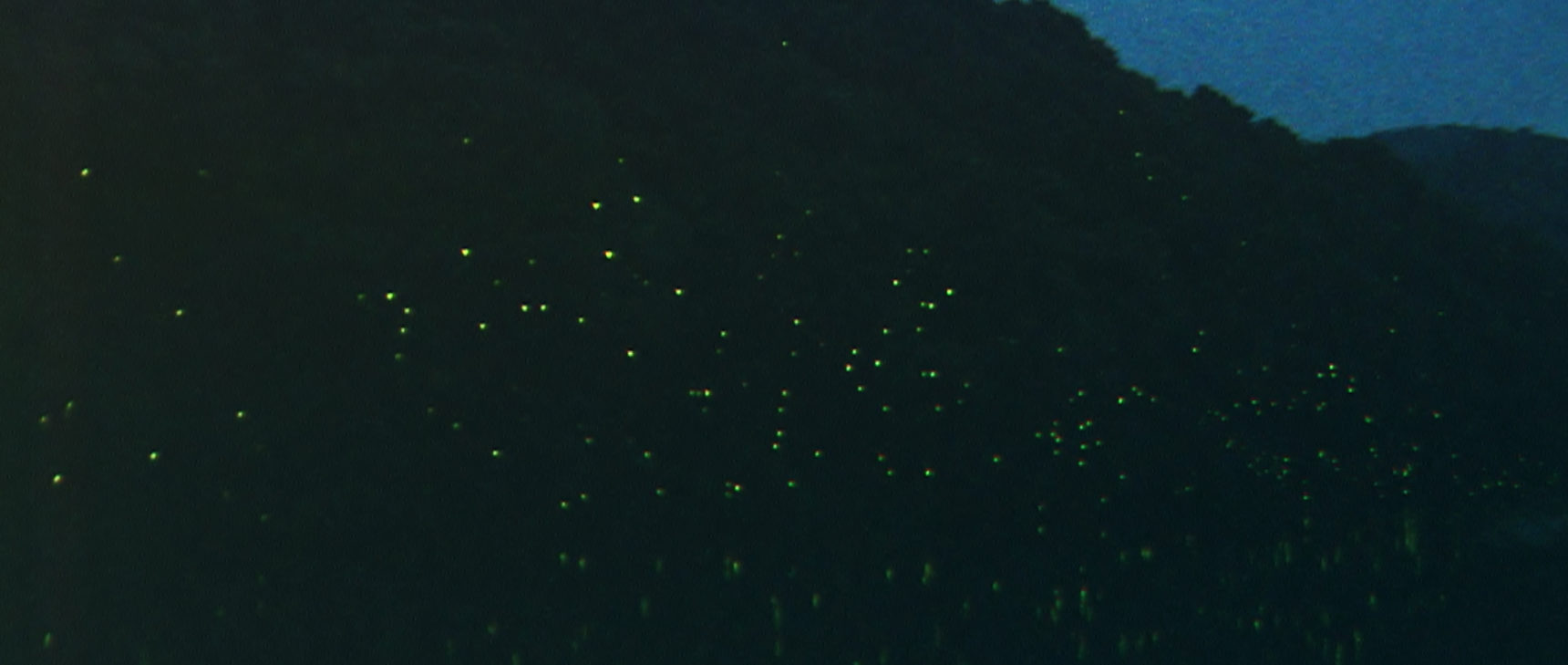The Scientist Who Cooks Up the Skies of Faraway Worlds
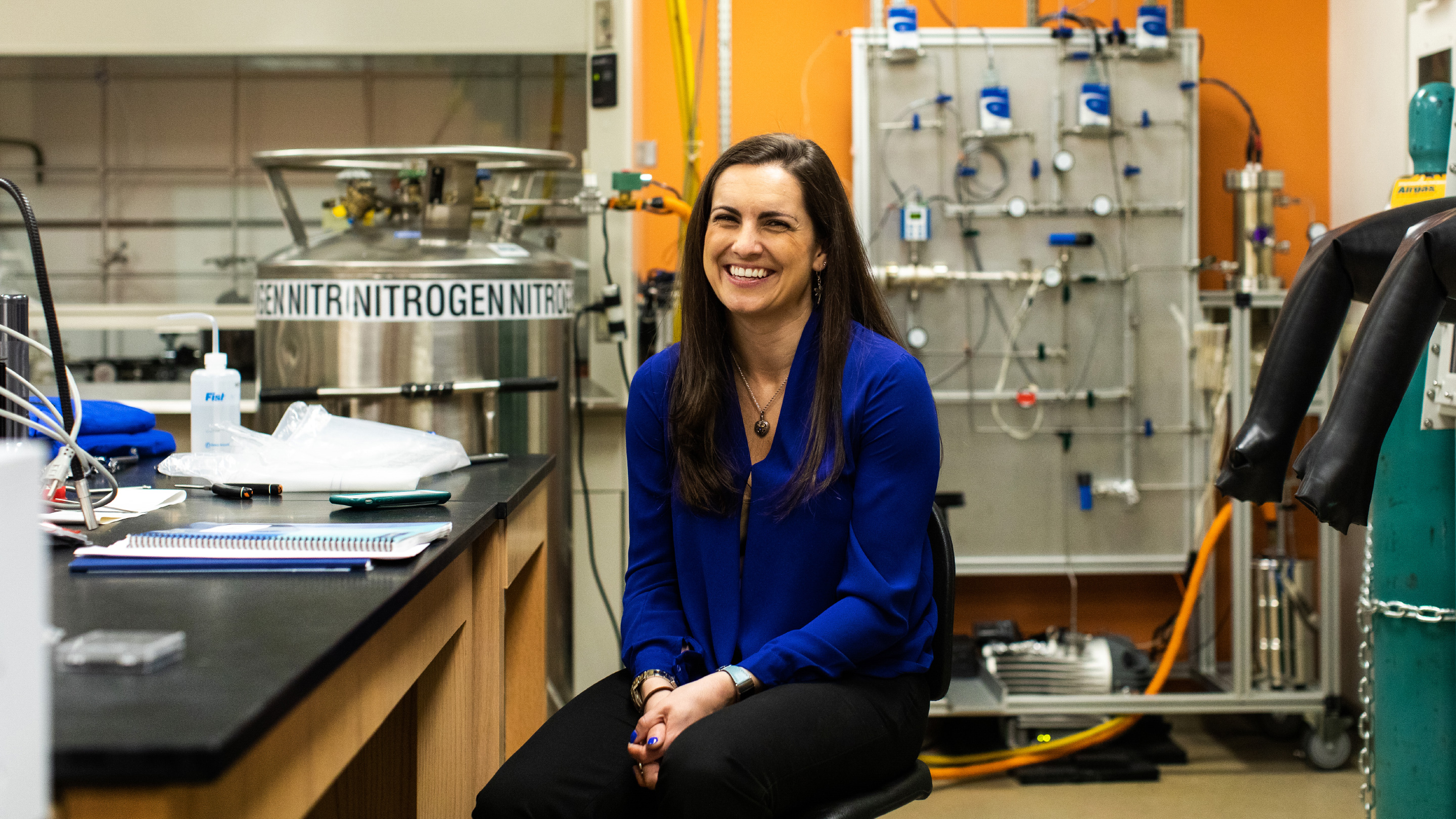
The planetary scientist Sarah Hörst exposes gasses to artificial starlight to recreate exoplanetary atmospheres.
Justin Tsucalas for Quanta Magazine
Introduction
In 2004, Sarah Hörst found herself at a crossroads. She was about to finish her bachelor’s degree at the California Institute of Technology and had decided to take a break from school. Not only did she feel burned out, she couldn’t decide whether she wanted to pursue a career studying Earth’s own climate or the mysteries surrounding distant planets. She knew that climate change was important, but she longed to study alien worlds. Today she describes it as a battle between her head and her heart.
Ultimately her heart won. While Hörst had planned to spend a year as a teacher, she nonetheless set up an interview at NASA’s Jet Propulsion Laboratory. The job involved analyzing images from the Cassini mission, which was at the time orbiting Saturn and returning data on its rings and moons. The interview started three hours after her graduation ceremony; they offered her a job on the spot. “At some point I decided to listen to what the universe was trying to tell me instead of just constantly trying to fight it,” Hörst said. She took the job and eventually went on to receive her Ph.D. in planetary science from the University of Arizona.
Today, Hörst runs her own lab at Johns Hopkins University, where she simulates the atmospheres of planets and moons beyond Earth. By mixing different cocktails of common atmospheric gases together, heating them to various temperatures and exposing them to an energy source, she can re-create the chemical reactions that are sparked by sunlight. Those reactions can produce new gases, exotic types of haze and even organic compounds.
Already, the experiments have helped Hörst and her colleagues better understand solar system bodies such as Pluto and Titan, Saturn’s largest moon. But ultimately, they could provide clues about worlds further afield: exoplanets circling distant stars. With the upcoming James Webb Space Telescope, astronomers will be able to deduce the chemical makeup of exoplanet atmospheres. Hörst hopes to re-create those atmospheres in the lab, thus allowing astronomers to better interpret their results. If researchers find signs of oxygen in a distant atmosphere, for example, Hörst’s experiments will help determine whether the gas was sparked by ordinary chemical and geologic processes, or if it’s a genuine signal that life exists elsewhere in the universe.
At the same time, Hörst has been deeply involved in more earthbound challenges. She has become one of the more outspoken astronomers fighting sexual harassment in the astronomy community. She also pushes against the expectation that budding astronomers have to work nonstop.
Quanta spoke with Hörst about these battles and the specifics of her current research. This interview has been condensed and edited for clarity.
Why did you fight so hard against becoming a planetary astronomer?
I wanted to do something that would help people, and I didn’t see how being a planetary scientist could do that.
It’s one of the questions that we most consistently get asked when we’re talking to the press. They ask, “Okay, but how does this matter for normal people in their everyday lives?” There are a lot of legitimate ways to answer that question, but it’s certainly not the same type of answer you would give if you were trying to cure cancer or understand climate change.
Is that a question you still think about a lot?
Over the years I’ve come to believe that if you’re doing something that’s hard, there’s always going to end up being some interesting contribution that comes out the other side. If you have to come up with creative solutions, it is going to push everything forward — not just the one question that you’re trying to answer.
I also think it’s important for people to be happy. That sounds super trite. But as a scientist, you really need to have something that drives you to do the work and fight through the tough times.
Those tough times feel abundant today, as the astronomy community has been confronted with some high-profile cases of sexual harassment in recent years. You’ve been quite vocal about this. Is it something that weighs heavily on you? Is it something you’ve experienced or seen happen?
All of the above. There have been a lot of one-off instances [of harassment] throughout my career, but there has also been one person that has been a problem for me for a long time. Dealing with it myself was one thing, but now I have all these students. I can keep them safe in our building at Hopkins, but they will not have a rich and full scientific career unless they go out into the community — and the community itself is not safe.
So it was at that point that I started to be a lot more vocal about it and also work behind the scenes to help.
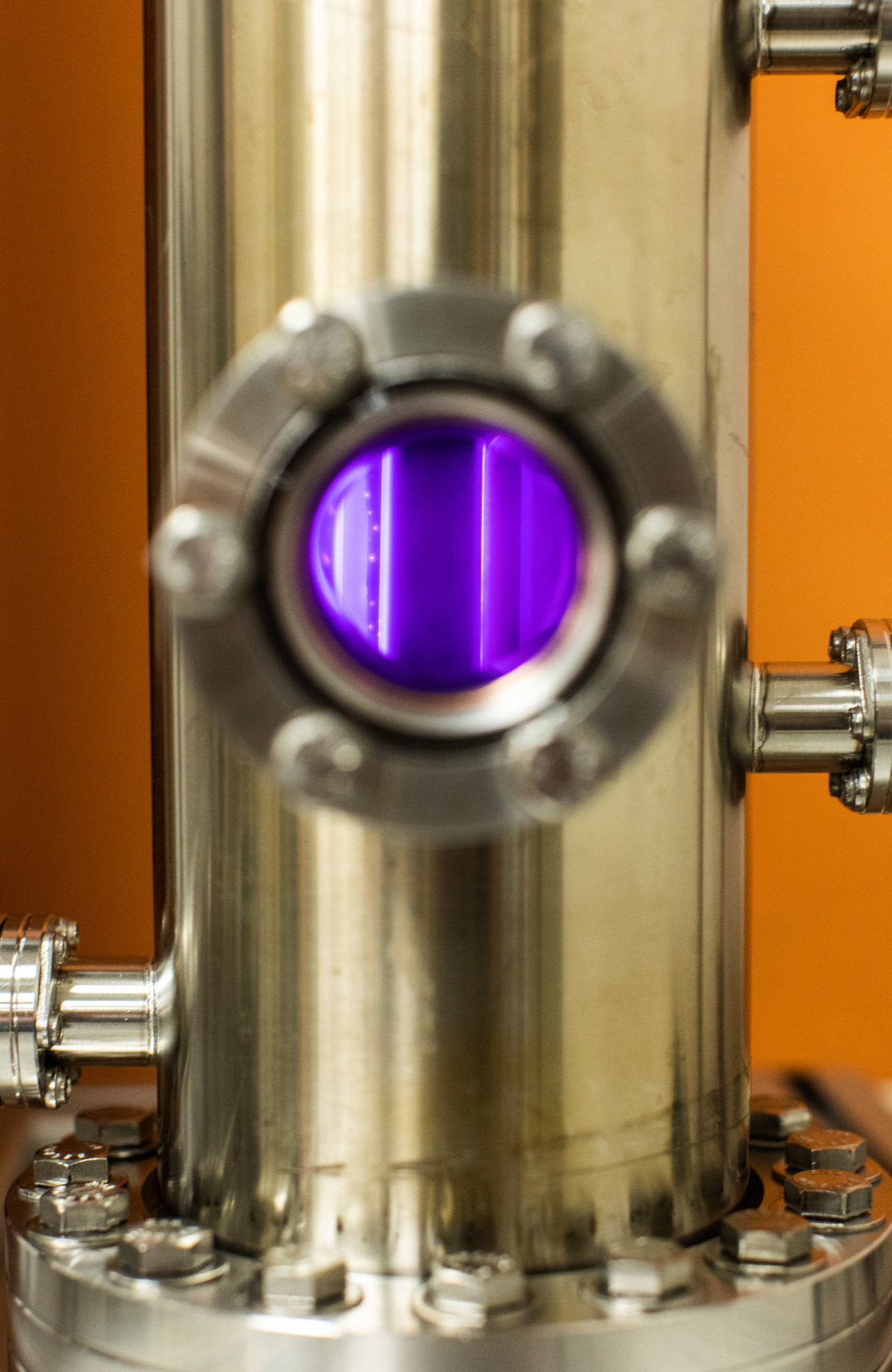
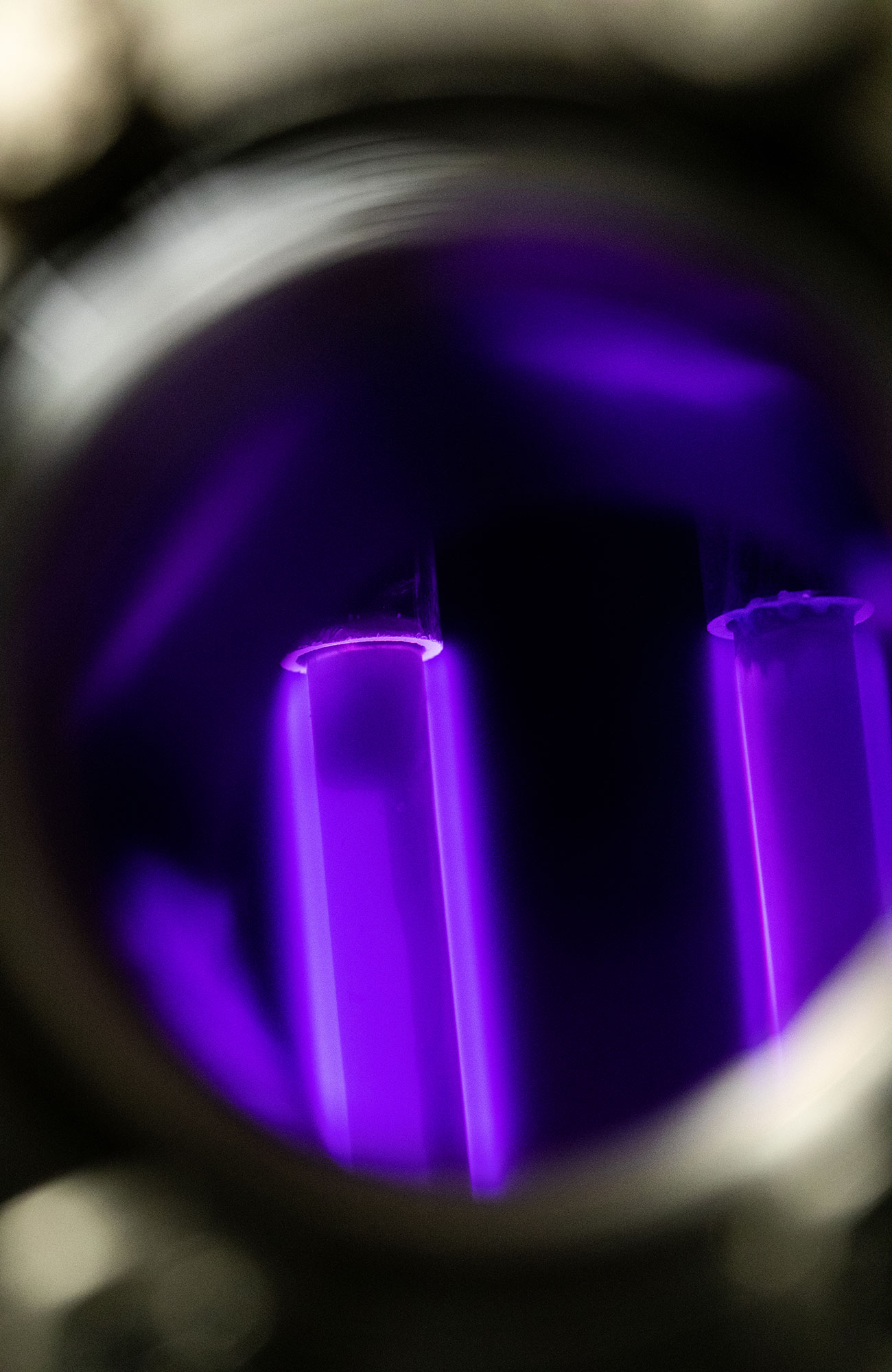
Inside the planetary atmospheric simulation chamber, various gasses get exposed to high-energy plasmas.
Justin Tsucalas for Quanta Magazine
What do you do behind the scenes?
I help people who are drafting codes of conduct. I do bystander intervention training. And I’ve been pushing really hard on NASA headquarters to adopt better policies that make it easier for people to report directly to them and to make it easier for them to remove people that they know are problems.
I’m always impatient about things, but I’m particularly impatient about this because every day that these people are still in the field, they’re doing damage to it and making it harder for us to move forward.
It’s just exhausting. Every time there’s a high-profile case, even in other fields, I just sit in my office and count to 10, and my phone starts ringing. I’ve had more people than I can count, who I’d never met, ask me for help. I do the best I can. And sometimes it’s just answering the phone and listening to somebody cry for an hour, honestly.
That has to weigh on you. What do you do for yourself?
I exercise and spend time with friends and family. I have a house here with a big yard, and I’ve done a lot of work on it. I find that manual labor where you have to focus on something else to be really relaxing.
I imagine that your work is also a great distraction. Your current work simulates the atmospheres of alien worlds inside the laboratory, which I think is just wild. Tell me how that works.
We try to start with only the major atmospheric gases for any atmosphere, because many of the trace gases should be produced by the chemistry. So for example, if you were to re-create Earth’s current atmosphere, you might start with just nitrogen, oxygen and CO2. You definitely wouldn’t start with ozone, because you should be able to make that with photochemistry.
Then we bring those constituents to whatever temperature is relevant for the atmosphere we’re simulating — so for Titan we cool the gases, and for an exoplanet we heat the gases. And then we expose them to an energy source. This is one of the biggest challenges we have because it’s really hard to replicate the sun or the spectrum of another star. And so instead we use two different energy sources — ultraviolet light and a plasma that generates energetic electrons — in two different experiments. Then we compare the results from both. If the energy source really matters for the chemistry, we’ll get two very different answers when we run the two experiments. If the energy source doesn’t matter as much, we’ll get pretty similar answers.
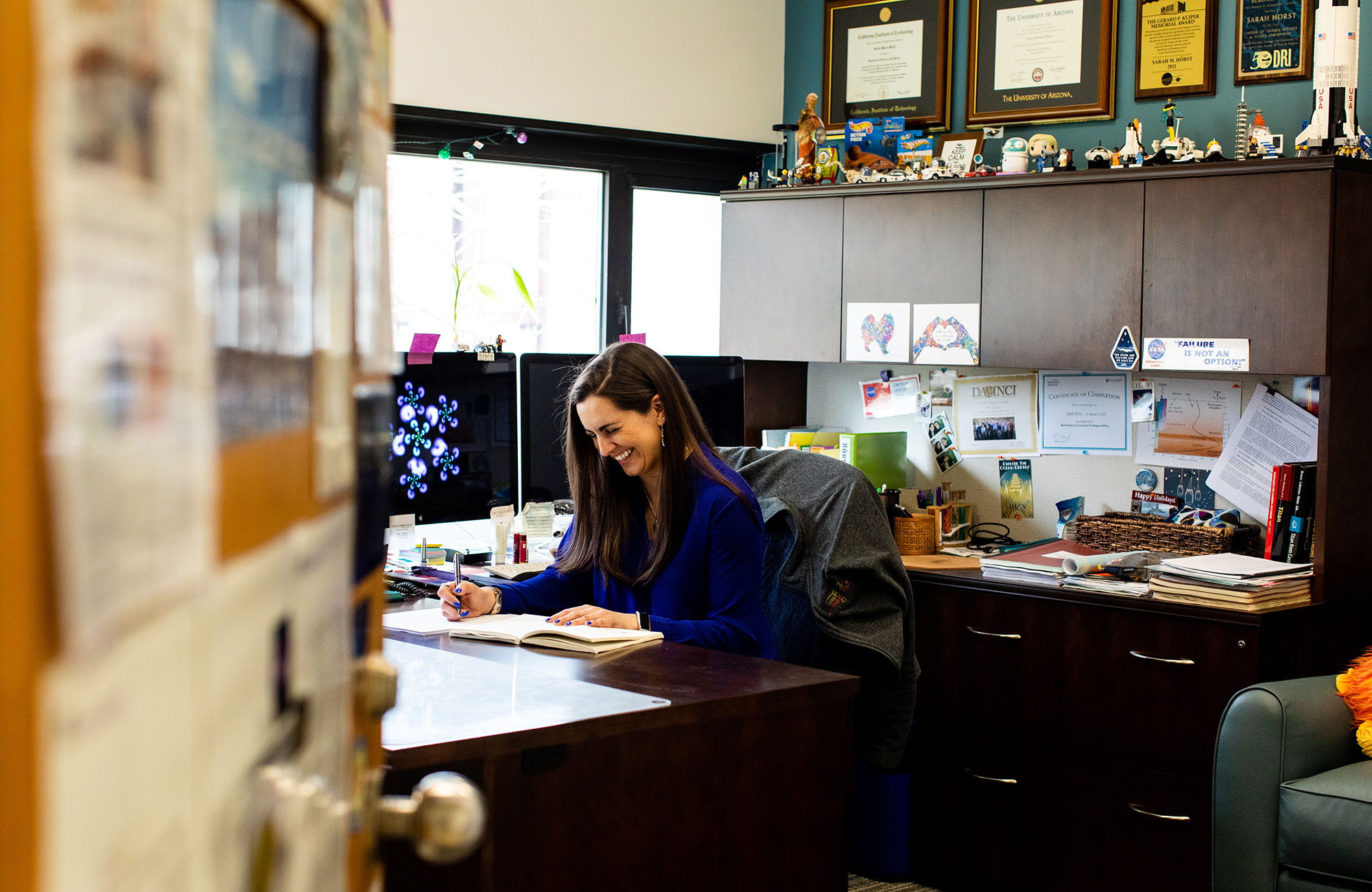
Hörst’s work is helping to identify possible signatures of life on distant planets.
Justin Tsucalas for Quanta Magazine
What is it like to walk into the lab after an experiment has finished running?
Just last week we finished running a new set of experiments that simulated the highest temperatures yet for exoplanets, when my graduate students came running into my office saying, “You have to come see this.”
As soon as we removed the samples from the chamber, it was crystal clear that something weird had happened. The molecules were olive green and chocolate brown! We’re still trying to figure out exactly what the chemistry was that was happening there.
What big-picture questions are you hoping to answer?
We want to predict what molecules should be in any atmosphere and whether or not that atmosphere would have clouds or haze particles. That will help us determine which kinds of planets might be habitable and what atmospheric gases might be signs of life.
If we’re looking for life somewhere, unless we’re lucky enough to see an elephant stomping around, or a fish swimming in front of the camera, we’re almost always going to be looking for chemical signatures. That’s particularly true with extrasolar planets. And so we need to actually have some idea of what specific chemical signatures point toward life.
I noticed that a lot of your research focuses on haze. Why is it so important?
Haze particles can affect a planet’s habitability.
Earth currently has an ozone layer, which protects us from extremely energetic UV photons. But before Earth developed this ozone layer, it had a haze layer — which similarly blocks certain photons from reaching the surface of the planet — and could have thus acted like an early ozone and helped protect nascent life. In addition, haze particles will change the temperature structure in the atmosphere and at the surface, which can impact whether a planet would have liquid water.
One of your recent studies found that both organic compounds and oxygen could be produced in atmospheres that were absent of life. Does this work rule out these signatures as potential biomarkers?
Exactly. It’s clear that you can make a lot of different molecules and different combinations in the lab. So we need to be really careful about that when we start to get atmospheric composition measurements back from exoplanets.
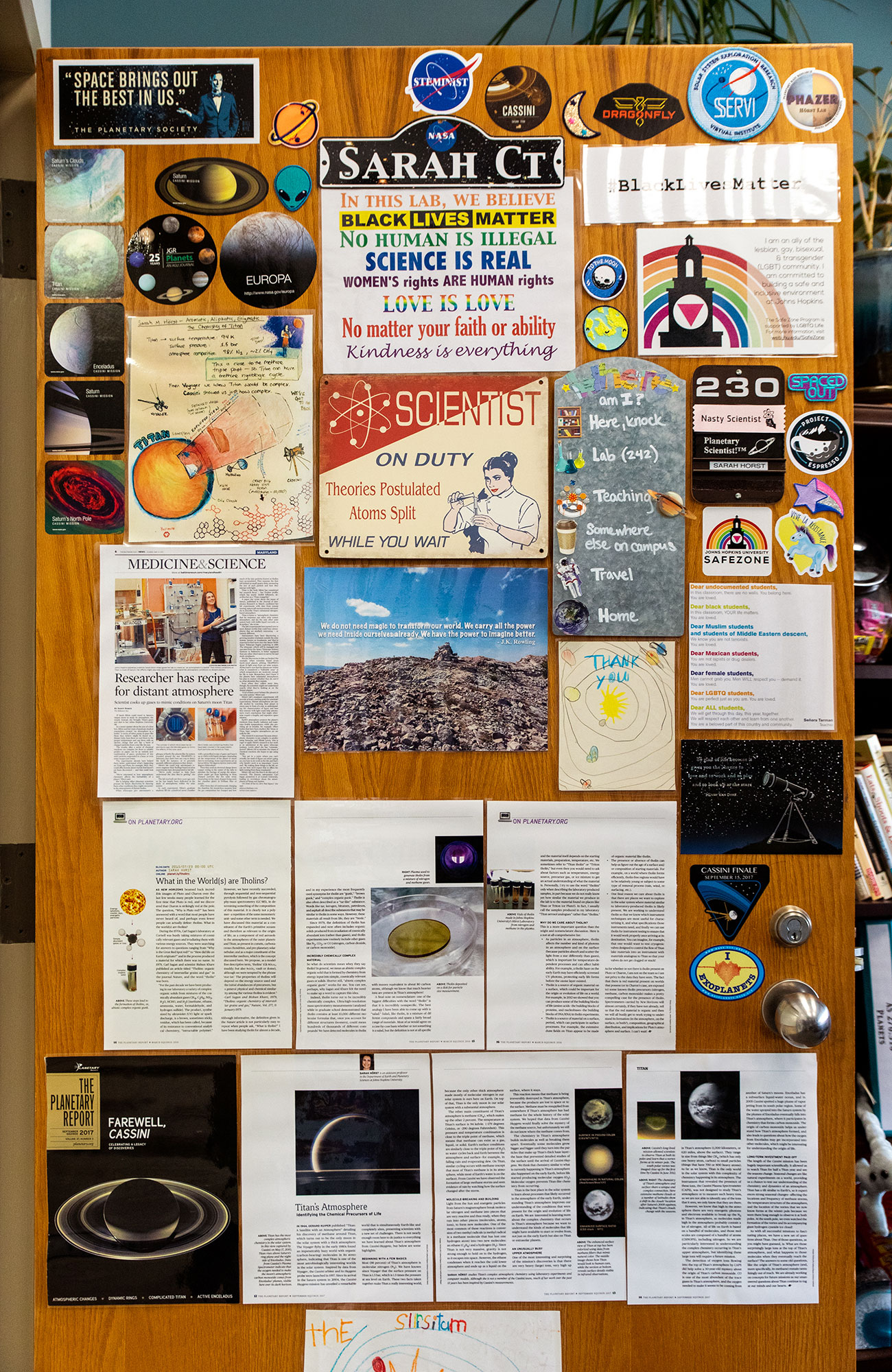
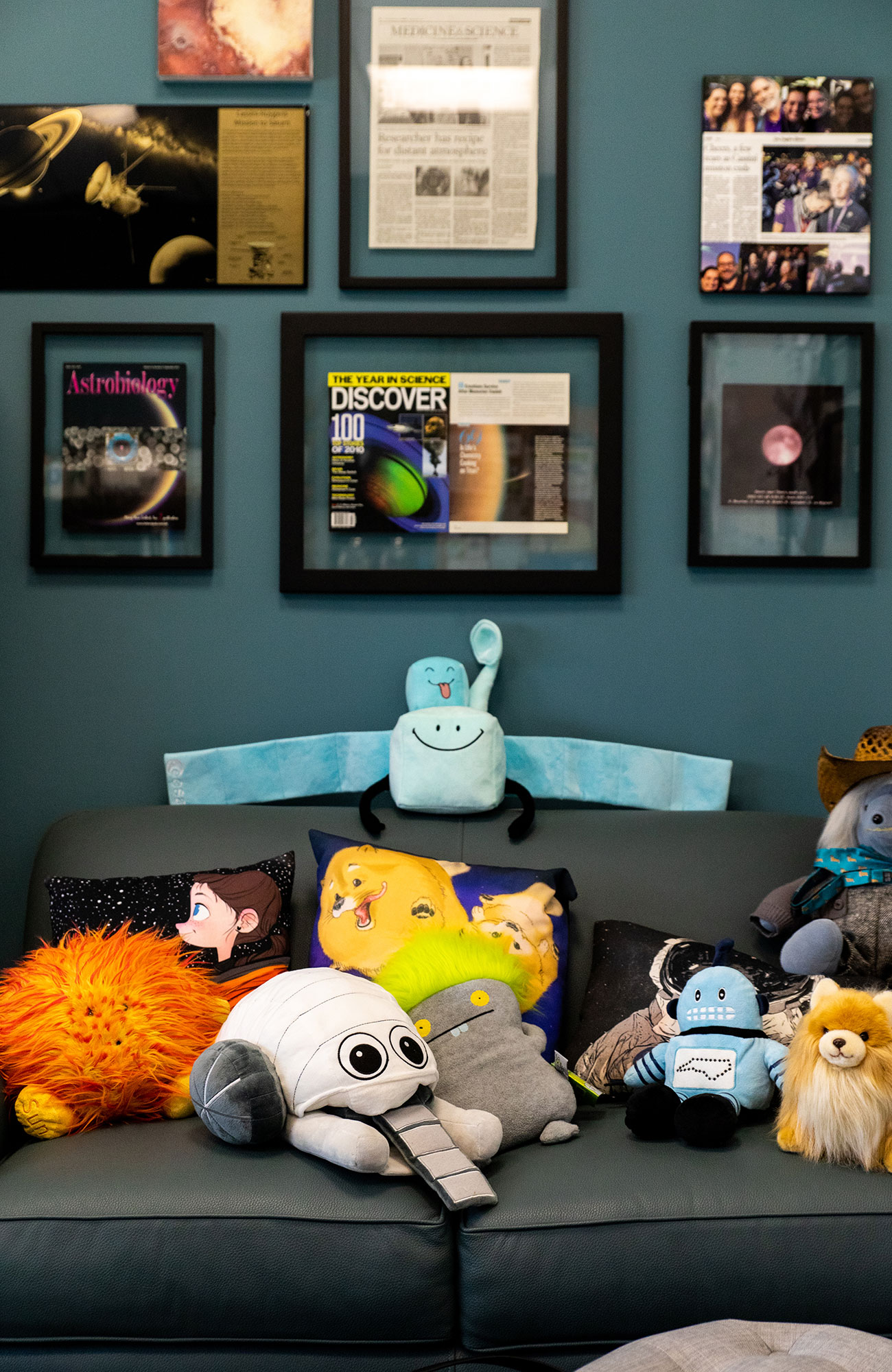
Hörst’s office at Johns Hopkins University.
Justin Tsucalas for Quanta Magazine
How will your results help astronomers understand what they’re likely to see in the next generation of powerful telescopes, such as the long-delayed James Webb Space Telescope?
We measure the gases that the experiment makes in the lab. Those are the kinds of things that you’ll be able to actually see in the data from Webb. So we’re hoping that we can re-create the observations from Webb in the lab to help reverse-engineer [their findings] to better understand the specific conditions of the atmosphere.
Is it kind of like taking a bite out of a cookie and trying to figure out the ingredients?
Yes, in part because one of the things that really helps with doing that sort of thing is having a lot of expertise, and having tasted a lot of common cookie ingredients so that you know them when you encounter them.
We’re trying to start to taste all these different cookies so that we’ll immediately recognize the ingredients rather than having to sit there and think to ourselves, “Does that taste like a chocolate chip or a nut?”
Has it been heartbreaking to watch JWST’s launch get delayed time and time again?
I think it’s been particularly hard on a lot of the junior members of the community. But the science will get done someday, and we’ll all eventually forget this happened. I hope it’s a lot like Hubble, which had several problems at the beginning but then went on to be such a spectacular mission.
Who knows, maybe once JWST finally gets off the ground it will give us our first hint that there is life on one of these planets.
That would be exciting.
I know! I try not to hope for that too hard, but at the end of the day you have to acknowledge that it’s certainly possible.
You’re also known for trying to maintain a sane workload in your lab, which is unusual in the sciences, with the pressure to continually publish. How do you try to combat this pressure with your graduate students? With yourself?
It’s hard for me because I feel like the habits you develop very early on are very hard to break.
But I try really hard with my grad students. We have rules where we only send emails from 8 a.m. to 6 p.m. on Monday through Friday. I also constantly remind them that their health and the health of the people that they love are absolutely the number-one priority for our group. If they’re sick, they know they’re supposed to stay home. If a family member or a chosen family member has some kind of health issue, they know that they’re supposed to get on a plane if they can.
I’m trying really hard to make sure that they understand that and start to develop better habits because it’s so easy in this job to just work every single hour of the day. But there is so much research that shows that there is not only diminishing returns the more of that you do, but that at some point, you’re actually being less productive than you would be if you took time off.
That said, enforcing those habits with my group actually helps me too because I’m not getting emails from them on the weekend unless it’s urgent.
Happiness is so important! And yes, it sounds obvious, but it’s something that I think we don’t put enough value on in the sciences.
Yes, absolutely. In fact, we almost devalue being happy, as if that’s some sort of sign that you’re not doing it right.



